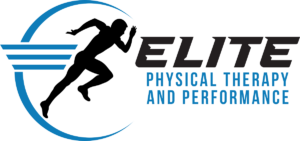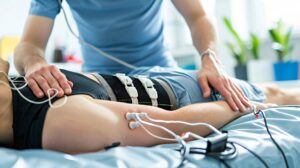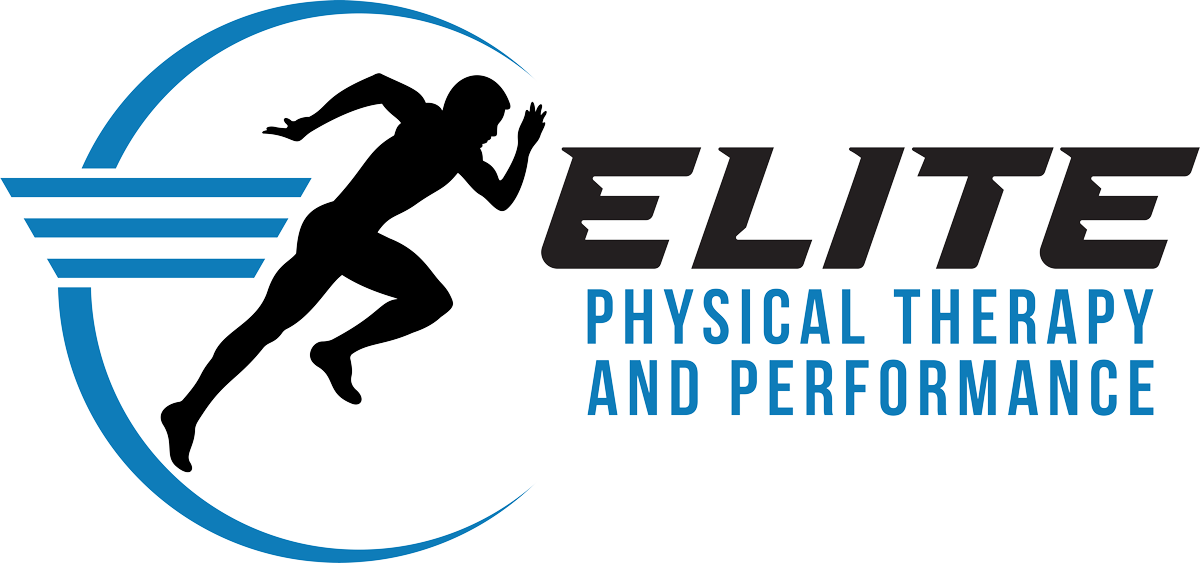Introduction: Low back pain is a pervasive issue that affects millions of people worldwide, impacting their quality of life and daily activities. Whether it stems from injury, poor posture, or sedentary lifestyles, the discomfort and limitations it imposes can be daunting. However, amidst the struggle, there’s a beacon of hope: physical therapy. In this blog post, we’ll explore the remarkable benefits that physical therapy offers in alleviating low back pain, empowering individuals to reclaim their mobility and vitality.
Understanding Low Back Pain: Before delving into the solutions, it’s essential to grasp the complexity of low back pain. It can arise from various sources, including muscle strain, herniated discs, arthritis, or spinal stenosis. Factors like poor posture, obesity, and sedentary behavior often exacerbate the condition, creating a vicious cycle of discomfort and debilitation.
The Role of Physical Therapy: Physical therapy emerges as a cornerstone in the management and treatment of low back pain. Unlike quick fixes that mask symptoms temporarily, physical therapy aims for long-term solutions by addressing the root causes of discomfort. Through tailored exercises, manual therapy, and patient education, physical therapists design comprehensive treatment plans that target specific issues and promote healing.
Benefits of Physical Therapy for Low Back Pain:
- Pain Reduction: Physical therapy employs a range of techniques, such as stretching, strengthening, and modalities like heat and cold therapy, to alleviate pain and improve function. By targeting muscle imbalances and enhancing flexibility, patients experience significant relief from discomfort.
- Improved Mobility: Restricted movement is a hallmark of low back pain, leading to stiffness and limitations in daily activities. Physical therapists employ targeted exercises and techniques to enhance flexibility, restore range of motion, and promote functional mobility, enabling individuals to engage more fully in their daily lives.
- Muscle Strengthening: Weak muscles in the back and core often contribute to low back pain and instability. Physical therapy incorporates targeted strength training exercises to bolster these muscle groups, providing essential support to the spine and reducing the risk of future injuries.
- Posture Correction: Poor posture is a common culprit behind low back pain, as it places undue stress on the spine and surrounding muscles. Physical therapists educate patients on proper body mechanics and ergonomics, helping them adopt healthier postural habits to prevent recurrent discomfort.
- Education and Self-Management: Beyond in-clinic sessions, physical therapy empowers individuals with the knowledge and tools to manage their condition independently. Through education on body mechanics, lifestyle modifications, and home exercise programs, patients gain greater control over their health and well-being.
Conclusion: In the battle against low back pain, physical therapy emerges as a beacon of hope, offering holistic solutions that address the root causes of discomfort and empower individuals to reclaim their mobility and vitality. By harnessing the transformative benefits of tailored exercises, manual therapy, and patient education, physical therapy not only alleviates pain but also fosters long-term resilience and well-being. If you’re grappling with low back pain, consider consulting a physical therapist to embark on a journey towards healing and renewed vitality.






